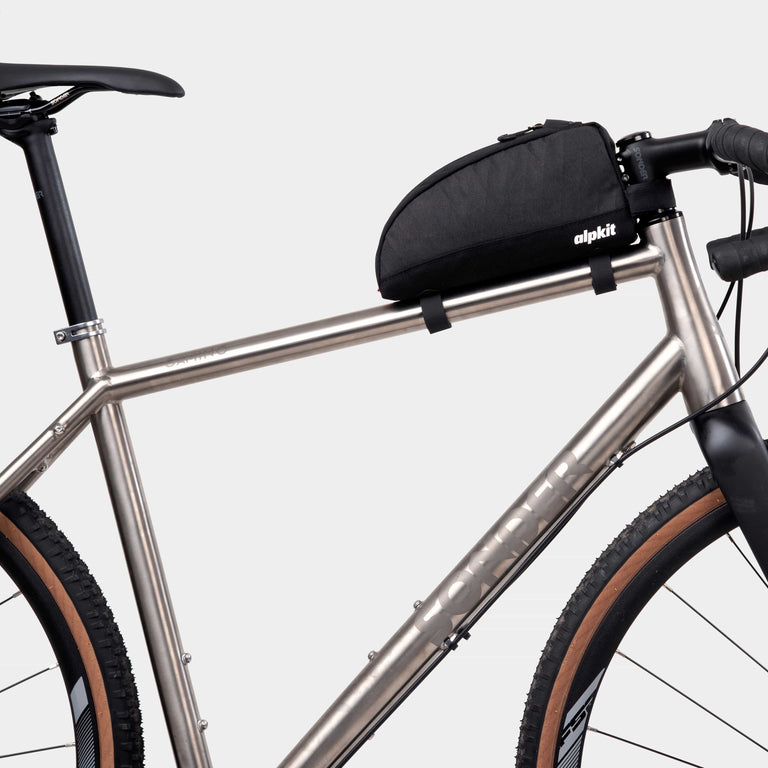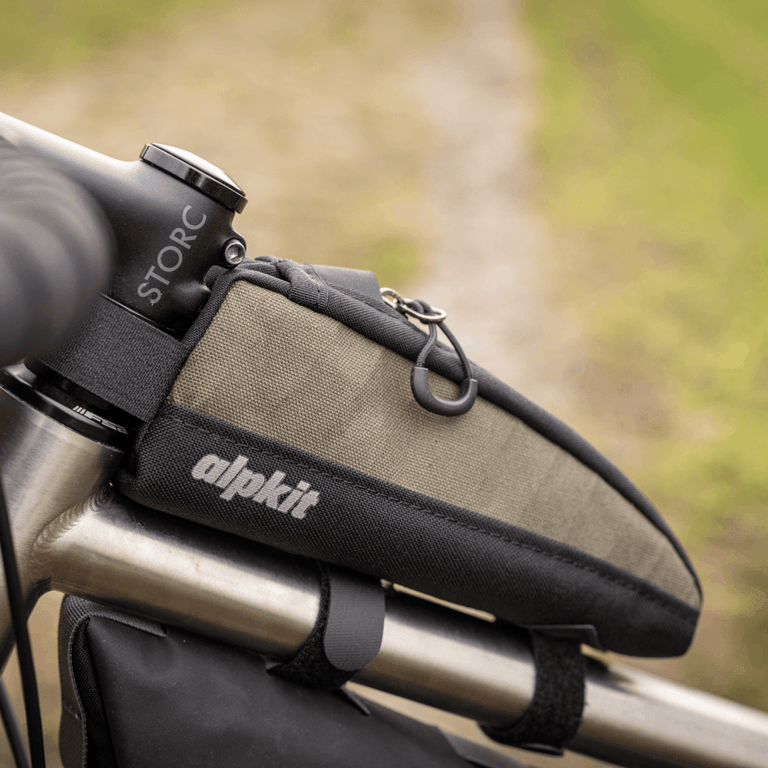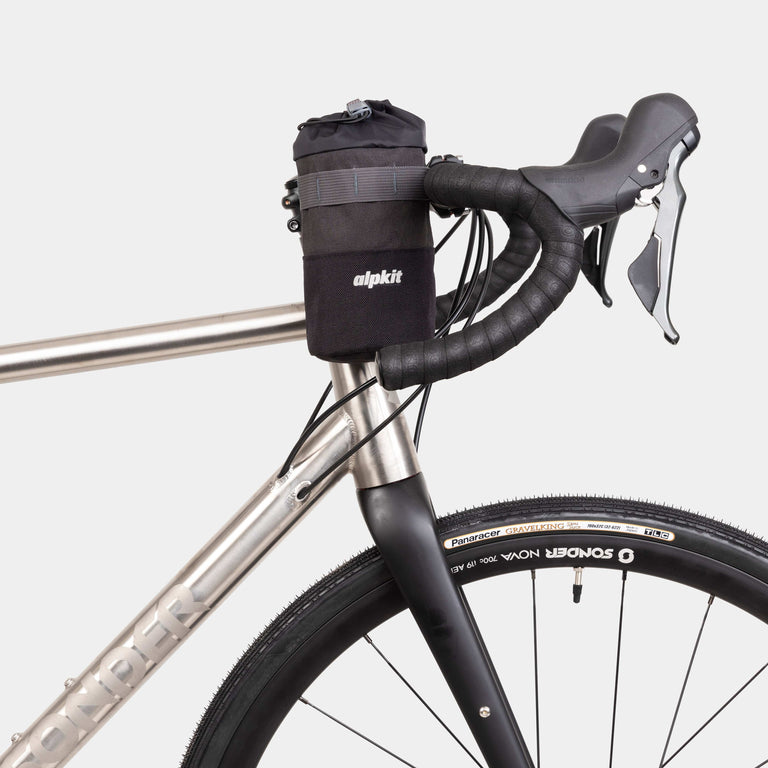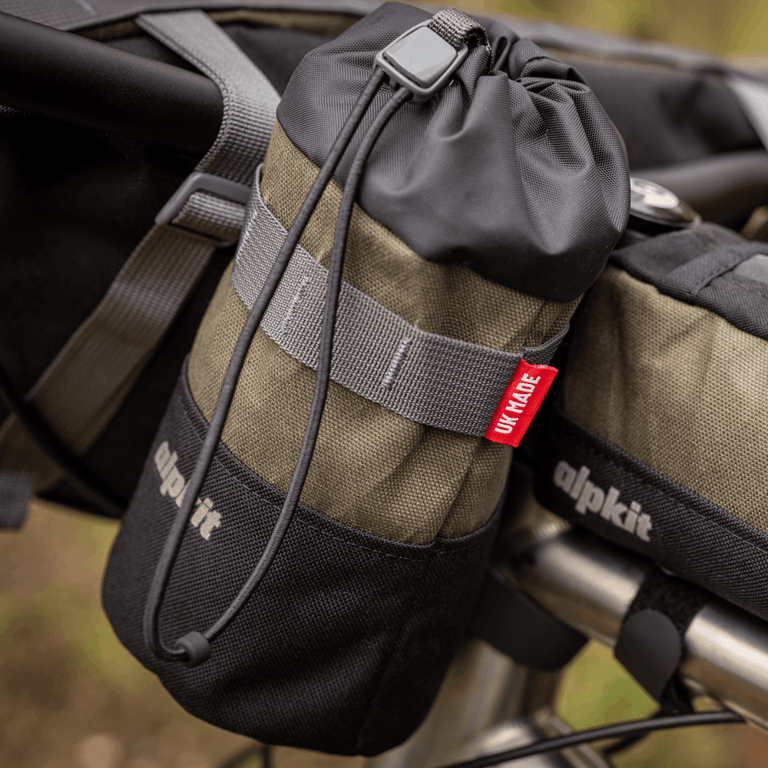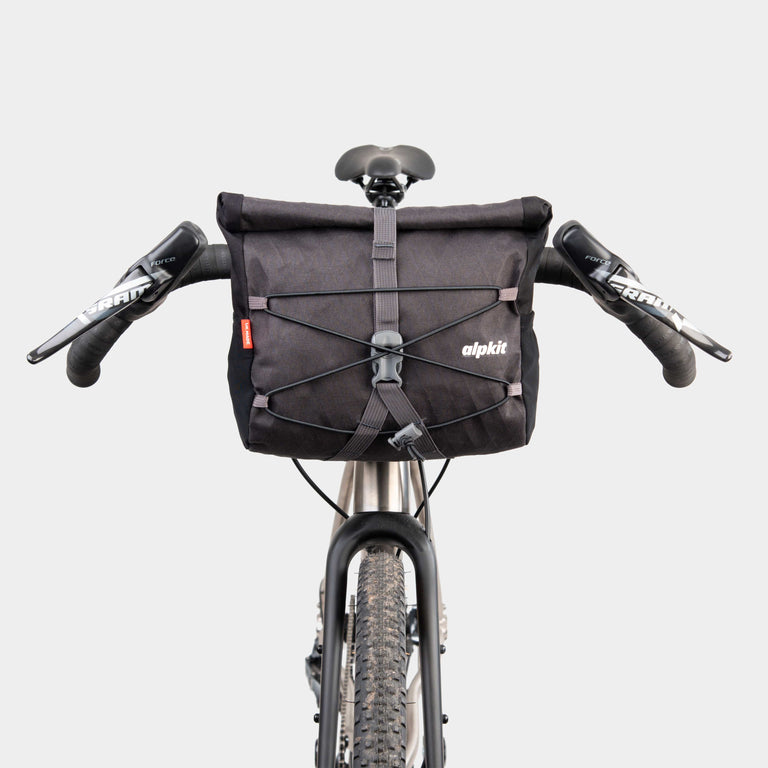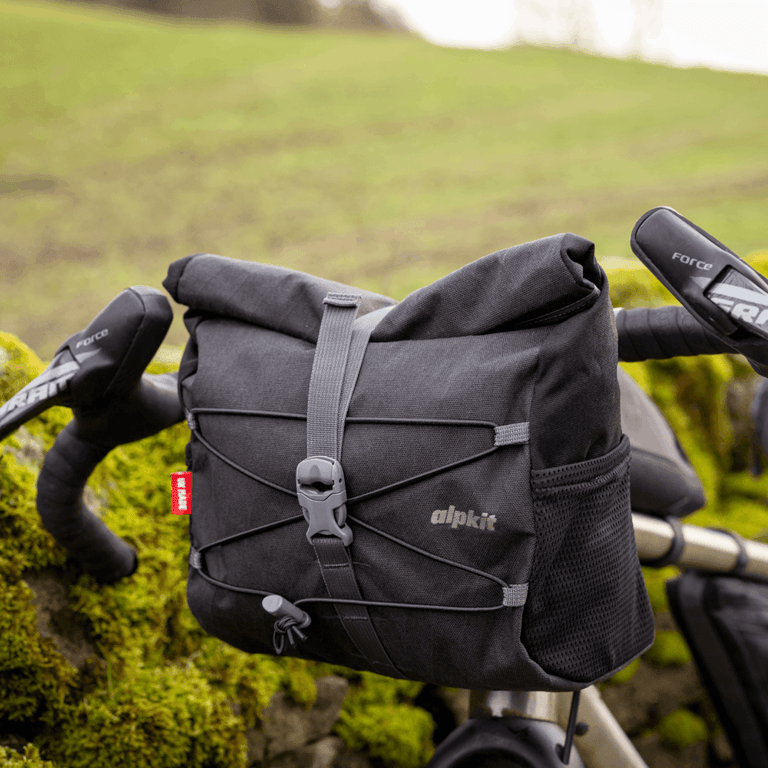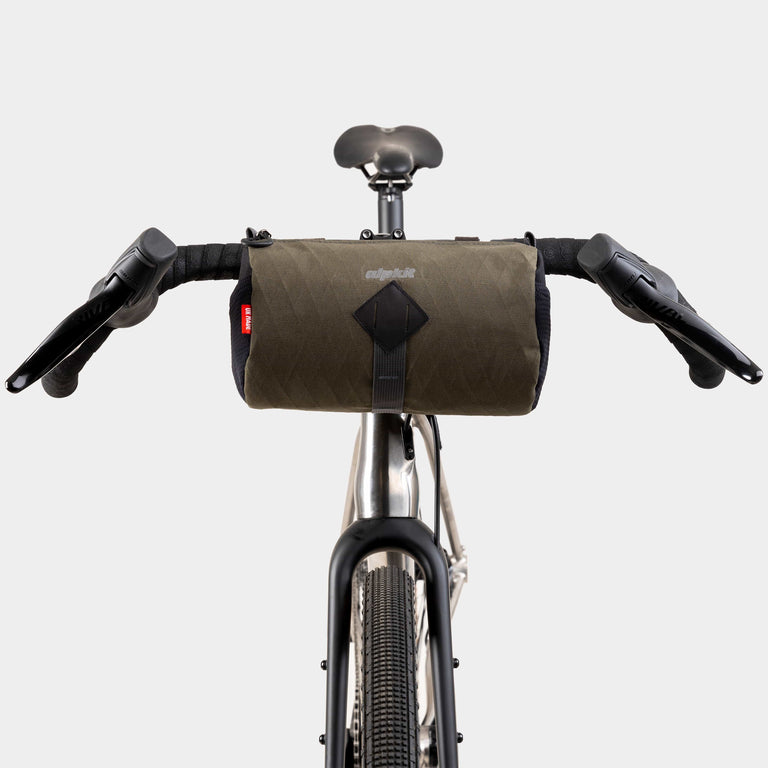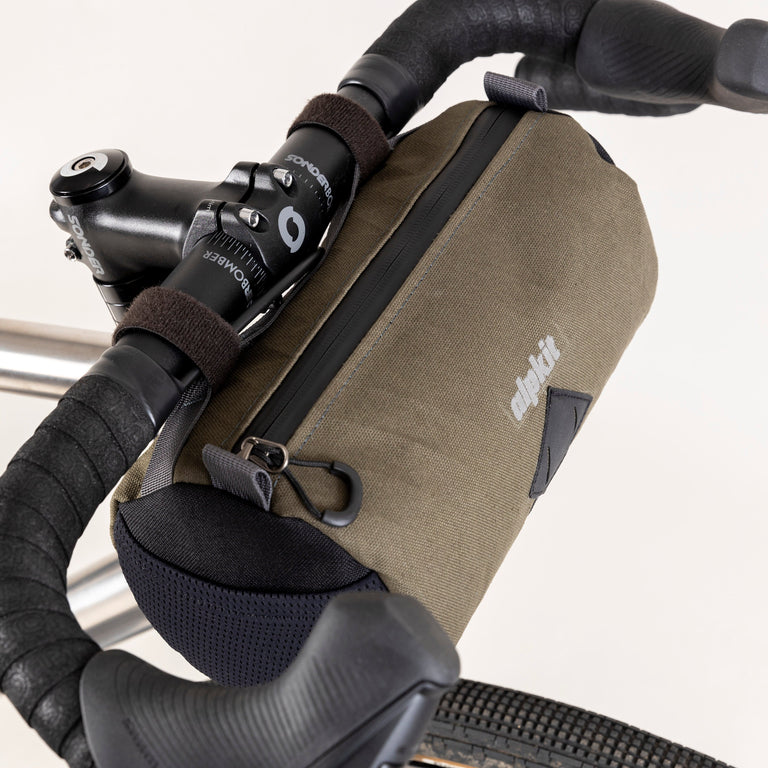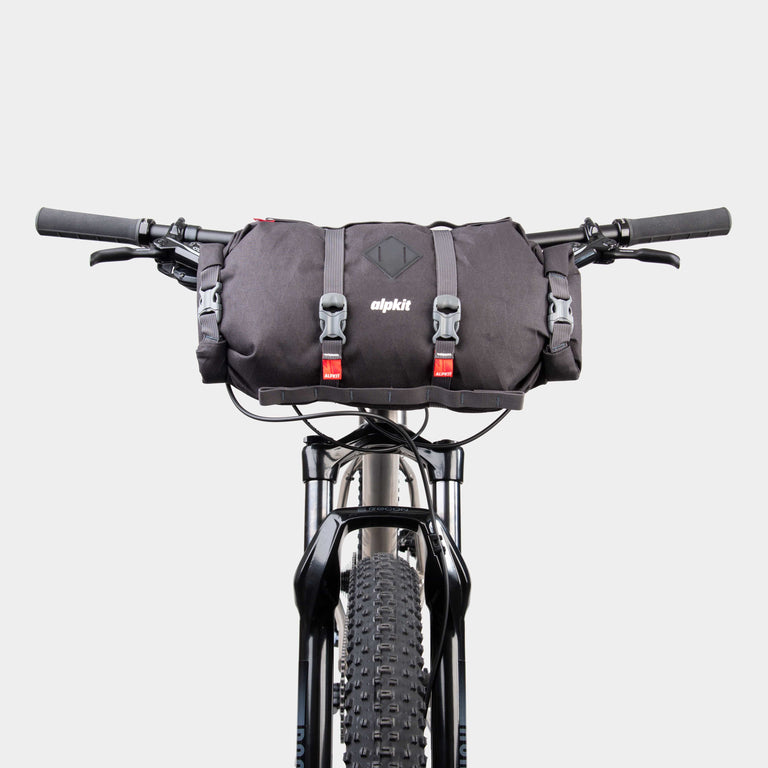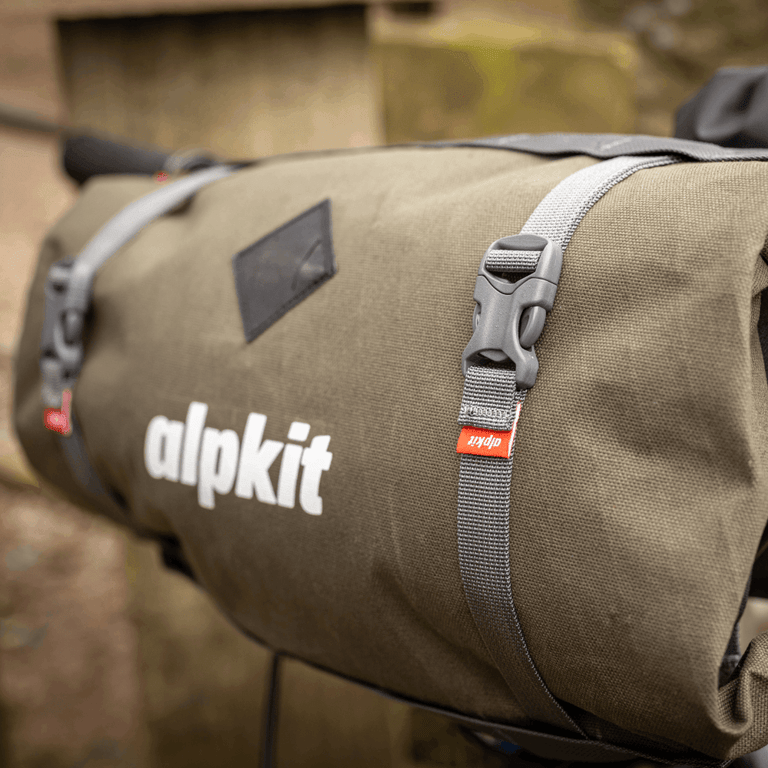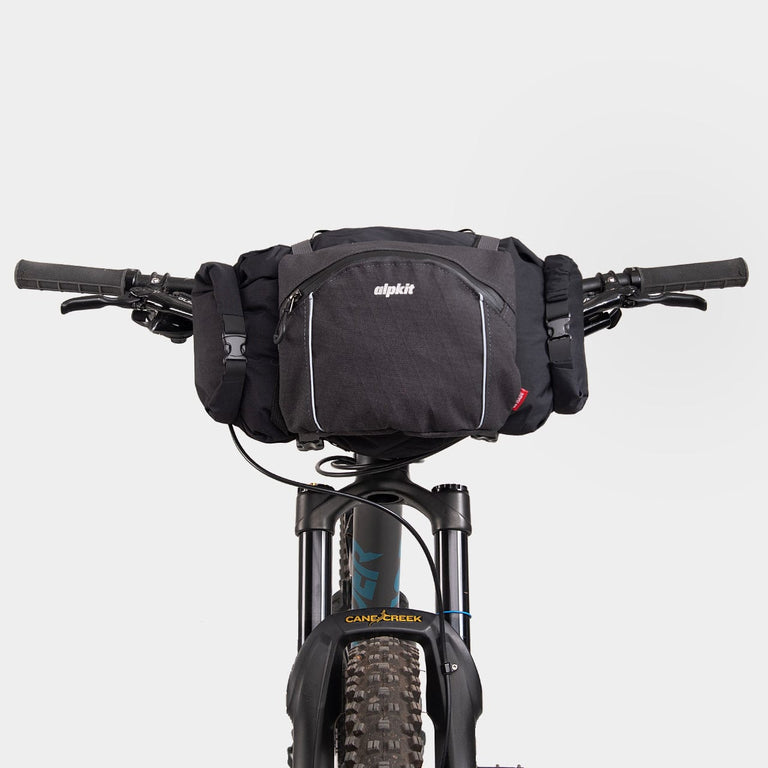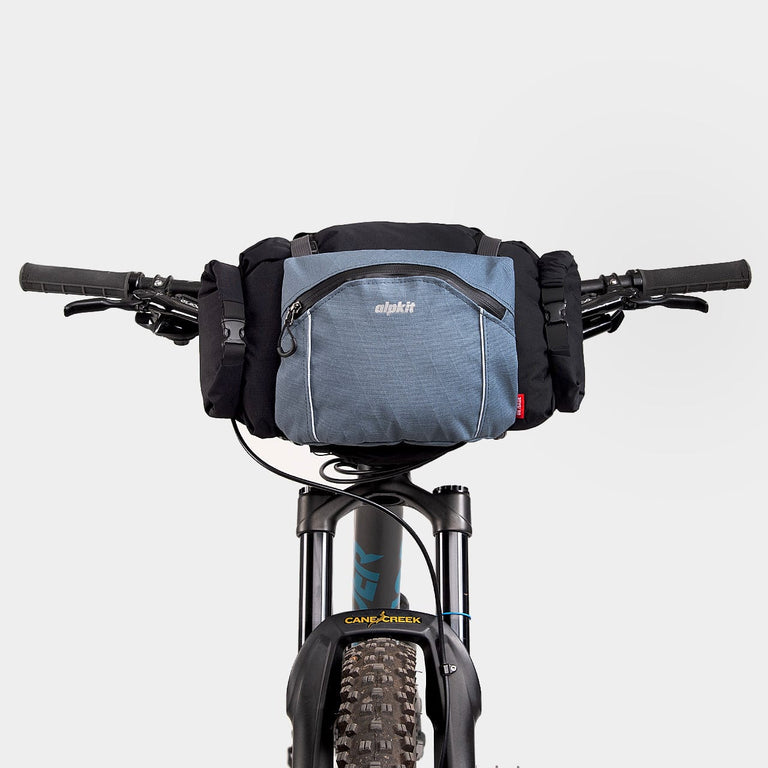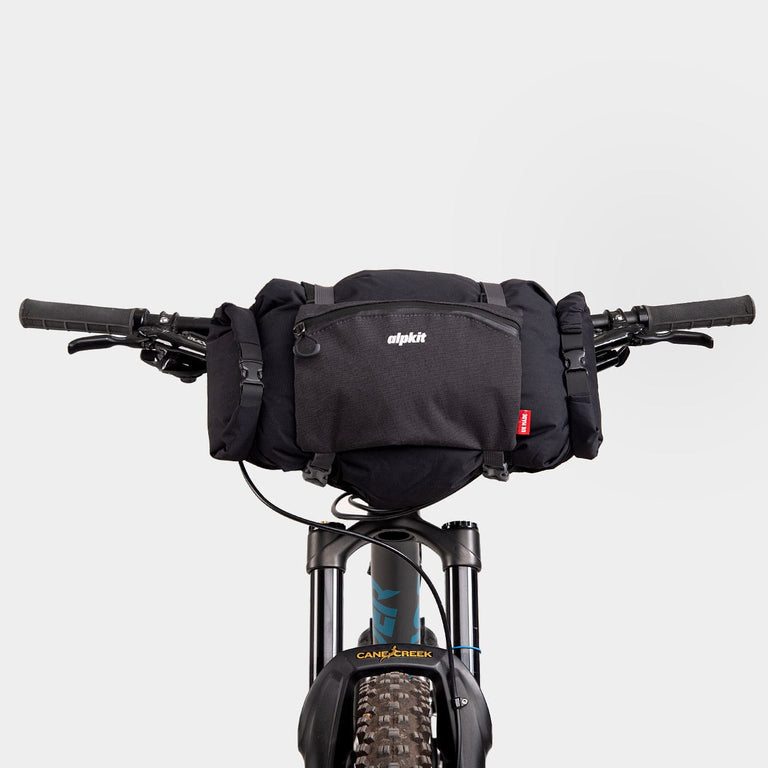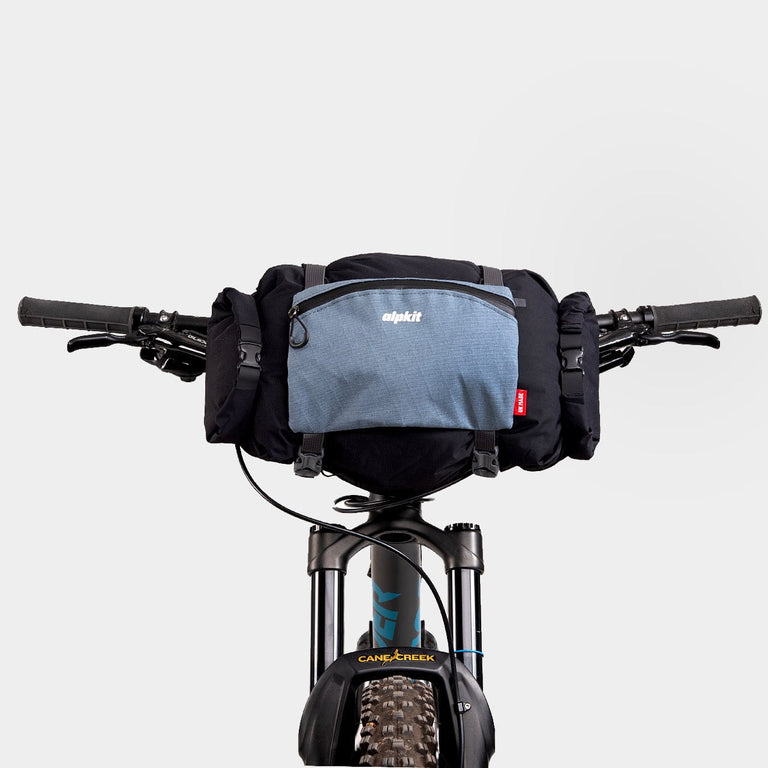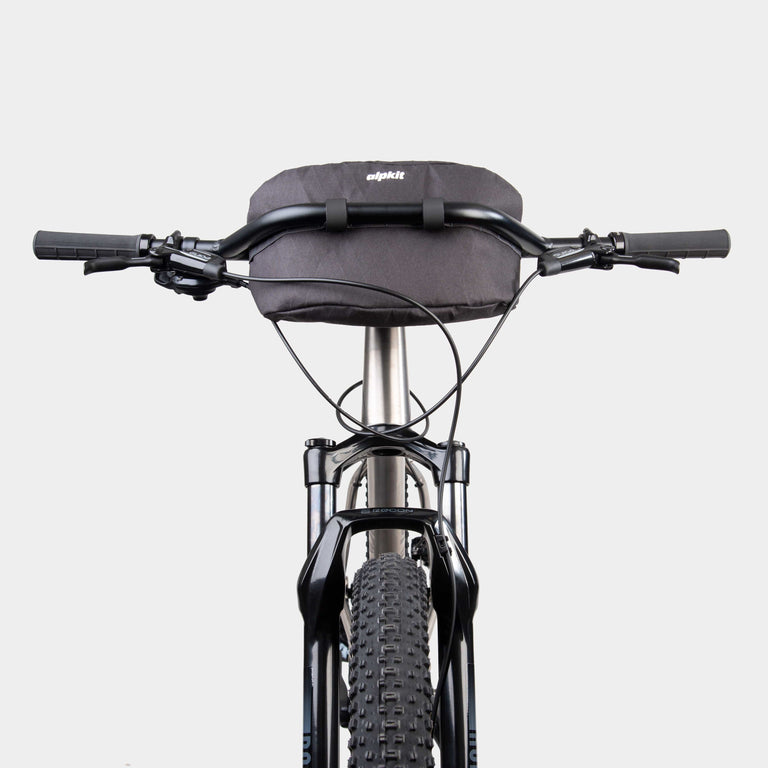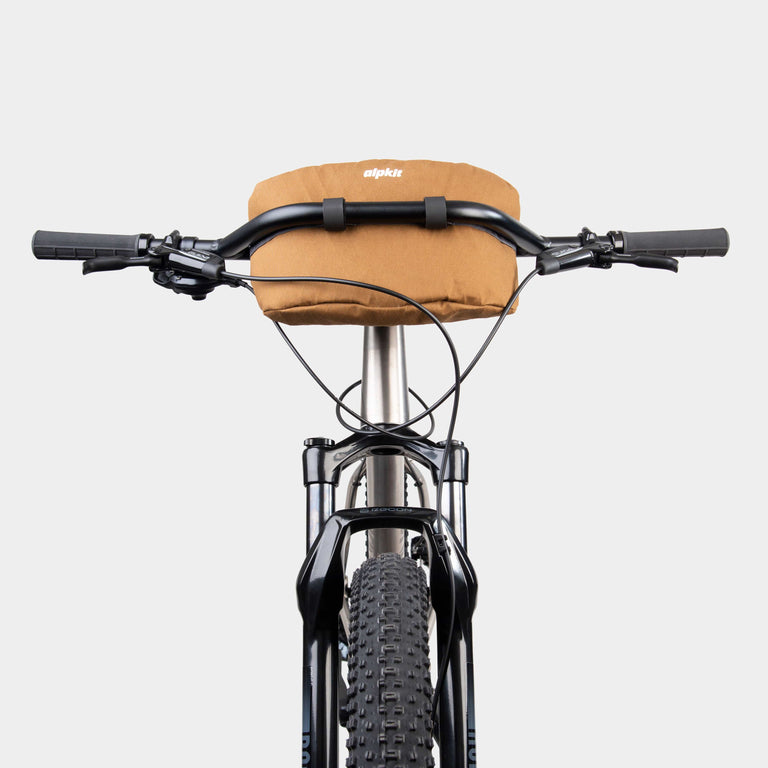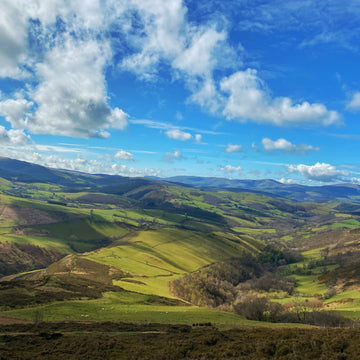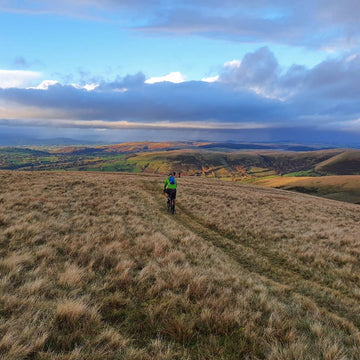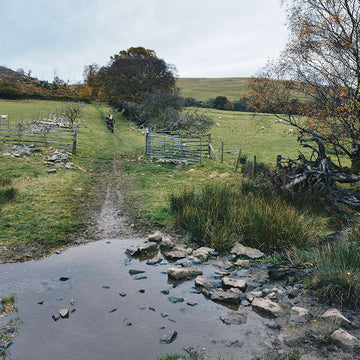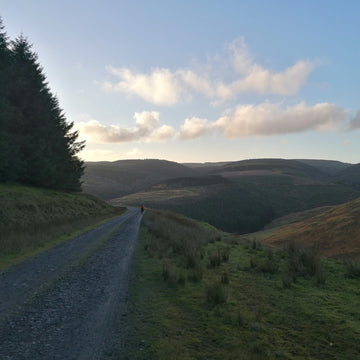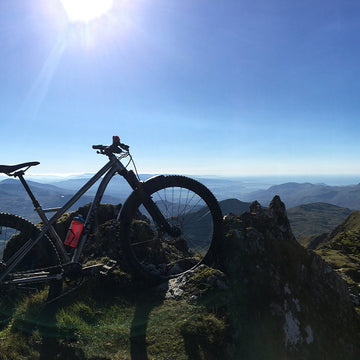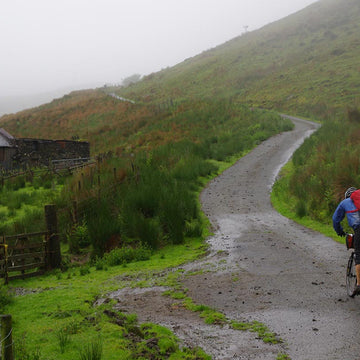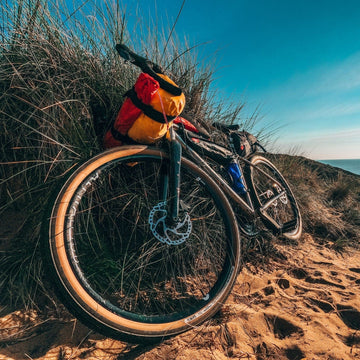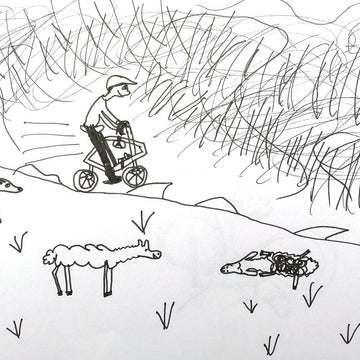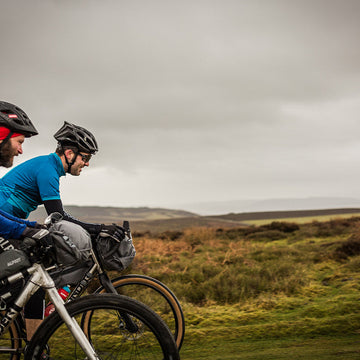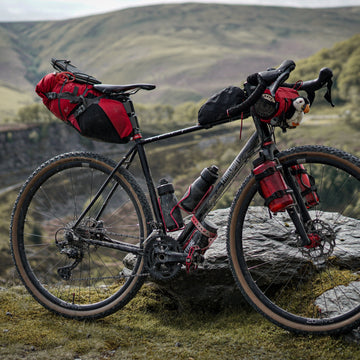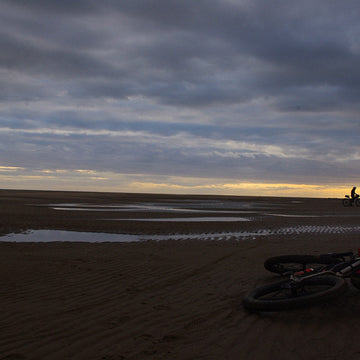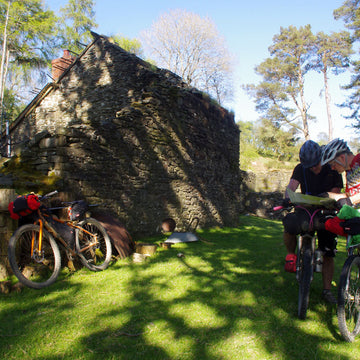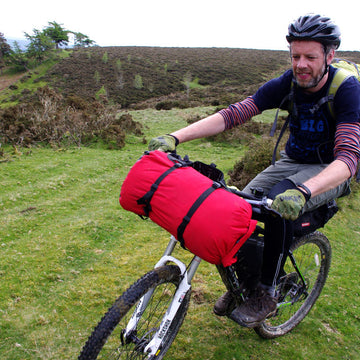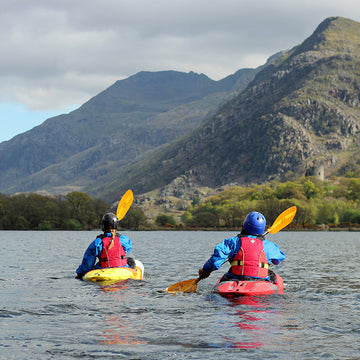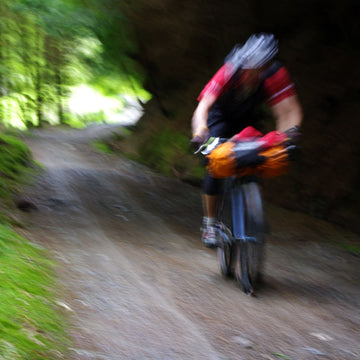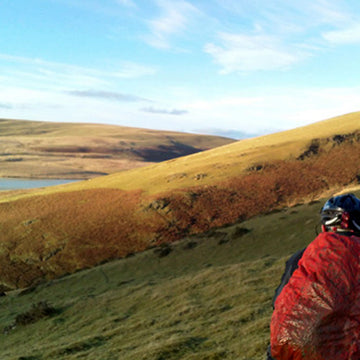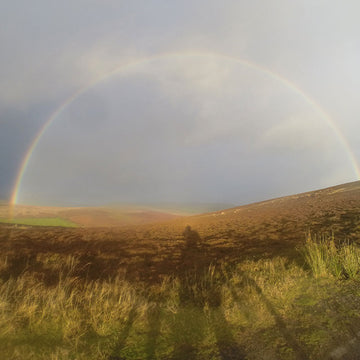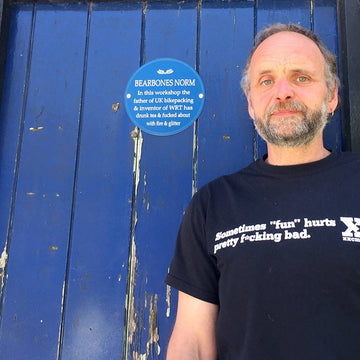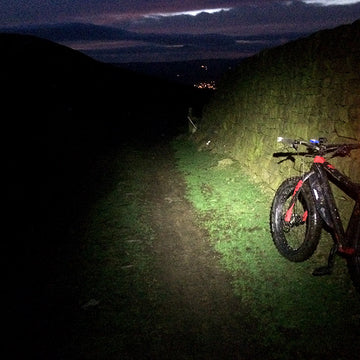Welsh Ride Thing 2013: Explore the rugged beauty of Wales on two wheels.
I genuinely thought that the prototype sleeping bag that I would using for my mid Wales MTB trip would be just warm enough, but it wasn't until I unpacked it on a remote chilly welsh hillside with no other options to keep me warm apart from a synthetic jacket and a micro quilt, that I realised that I might have miscalculated it by a few degrees. These few degrees proved critical.
The term comfort limit is much used by manufacturers even though it doesn't have any scientific basis. What most companies are really referring to is the much more scientific soundingT Lim. The words comfort limit leads you to believe that you will be comfortablewhere as the term T Lim means that you are "just" not cold.

Limit Temperature (T lim)
Lower limit at which a sleeping bag user with a rolled-up body posture is globally in thermal equilibrium and just not feeling cold (related to standard man and in standard conditions of use).
After a lunchtime start and 6 hours in the saddle on the amazing terrain that mid Wales has to offer we found ourselves on the shores of Llyn Syfydrin. It had been a pretty clear day, it was certainly going to be a clear night and with a gentle breeze, just enough to take the midges away. The location couldn't have been prettier. I had plenty of calories and hot drinks and a brisk walk and a few star jumps to get the blood pumping. Then straight into the sleeping bag - 100g of Primaloft, a centre zip along with a taped shell.
I'd picked this particular bag as I thought the night time temperatures would be about +5ºC with a small risk of a shower on the second night.
Almost from the off I felt the bag wasn't insulating, I was on a 3/4 size mat, but despite my feet being off the mat they felt warm. However it was the top half that I struggled to keep warm. After several fitful hours lying down where there was no sleeping involved I took a couple of layers off and used one as ground insulation for feet and the other used a duvet. Different parts of the body got cold depending how I lay, quite a lot of shivering, and occasionally I thought I was warm only to realise that I wasn't quite as cold as I was few minutes before.
All night it was a losing battle, as the night wore on and as the ground got cold my feet started to feel it. But it was really the sheer lack of warmth in the bag itself meaning that I could never reach the equilibrium.

I already had a place in mind for the next bivvy, a lodge building on the edge of the Hafen forest with porches both sides, if the rain did come early, I was confident that I could stay dry, I couldn't face being wet and cold, that’s a dangerous mix. With almost an identical day behind me, great riding, perfect mountain weather and a sneaky beer with pub grub. We arrived at our bivvy stop. Hot drink, running on the spot and dived into the bag. I can say that I wasn't really warm but didn't start on this downward spiral of being cold. I was just not cold I guess I was at T lim which I think was about 3ºC warmer than the night before.
Conclusions
There are not many times you can get to analyse equipment like this. But these back to back nights really showed that once you tip over this knife edge, it is important to understand that just one degree beyond what you, as the heat source and the bag as insulation can cope with, means not being just a little bit cold but potentially feeling absolutely freezing.
From now on I'm going to look at my ground insulation more, particularly my feet whenever it's close to freezing. The micro quilt is definitely something I'm keen to explore, I used a sleeve part so it was about a 50cm wedge, just enough to move around parts of the body as they got cold, which really suits my sleeping style. I'd take the same bag again just with a bit more thought on how to get the best out of it.
